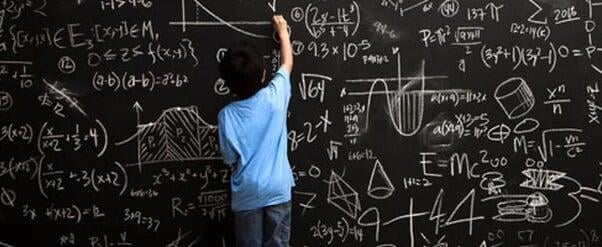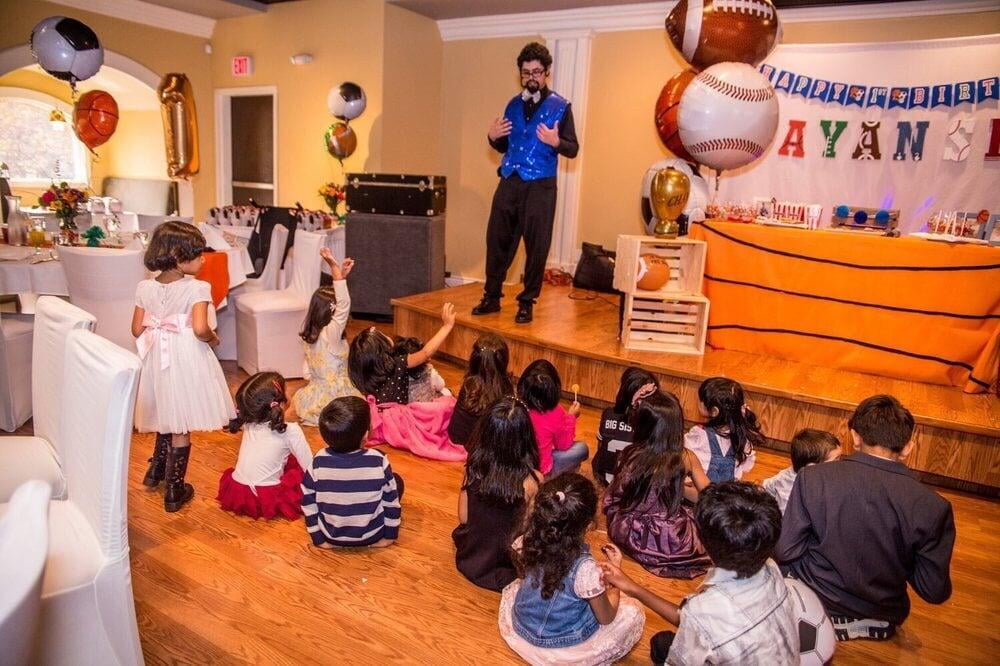If you teach math as an algorithm, strictly as an algorithm, a set of rules, that’s not engaging. It’s important to have the algorithms, of course, but if you teach students with a hands-on method, then it means something. I even found out — I was teaching a course in Prince Edward Island, and these were all kindergarten teachers, with again they had math phobia, but they needed to get a math credit to become regular teachers in the system. And when I taught them this course on how to teach math, they thanked me because, when they were in school, they learned by rote by teachers and instruction and they never understood, and then so when I showed them other ways of doing it, particularly with manipulatives, they caught on, and these were people who had a severe math phobia.
Extremely important that the parents be involved and comfortable with the math. If they demonstrate that they have a fear or a phobia of math, it’s going to go right to the children and other kids as well, so they need to be supportive. If they don’t understand the math, then get in touch with the child’s teacher, find out more about how the math is being taught because things are, topics are being taught, math is being taught differently now than it was 20, 30, 40 years ago. Also, there are some very good self-help books for parents in various bookstores, but the most important thing would be supportive. Sit with the child. Have the child explain it to them, so the more the student expresses their understanding will help the parent, but it will also help the student because if they’re only working with applying formulas, for example, they’re not really demonstrating their understanding, but if they can verbalize it, either in writing or orally, that goes a long way to help them understand.




